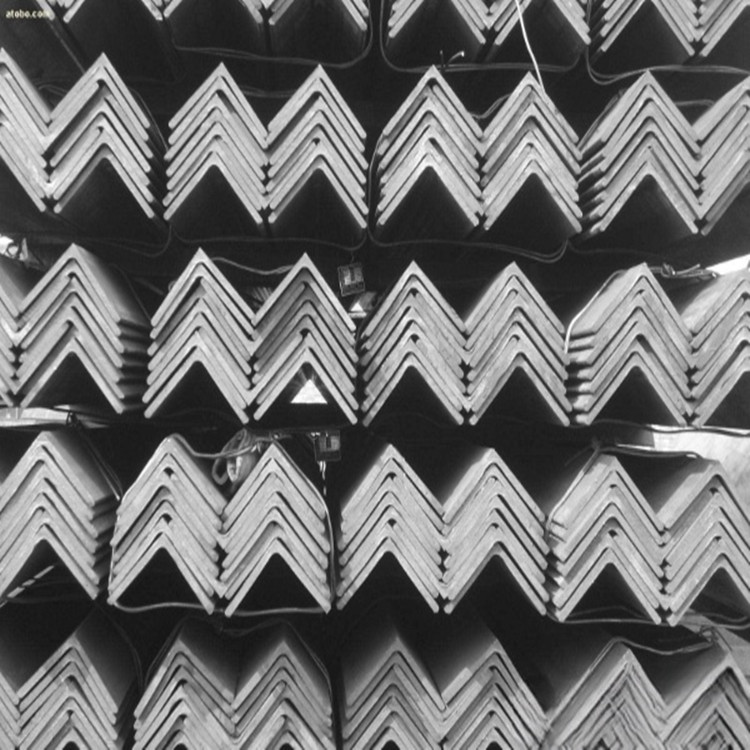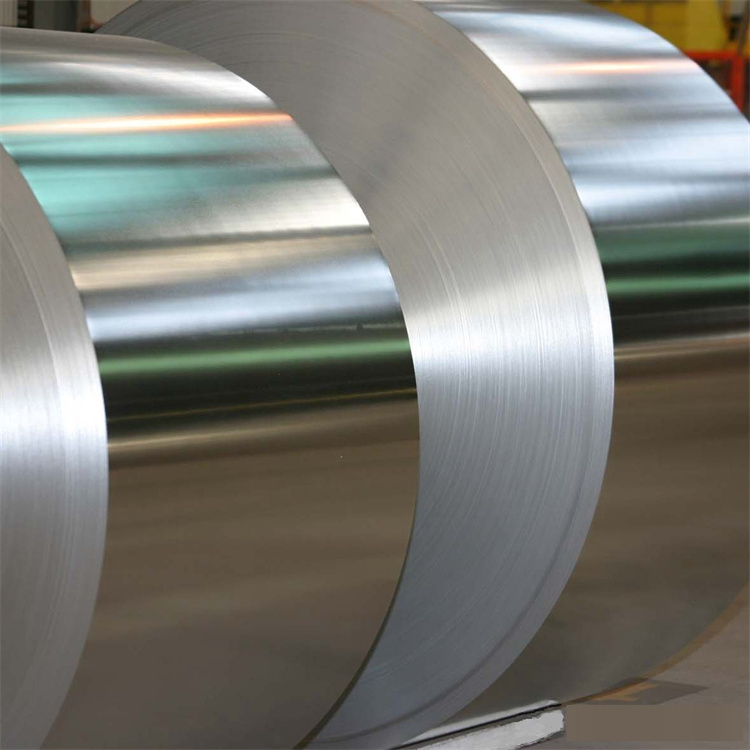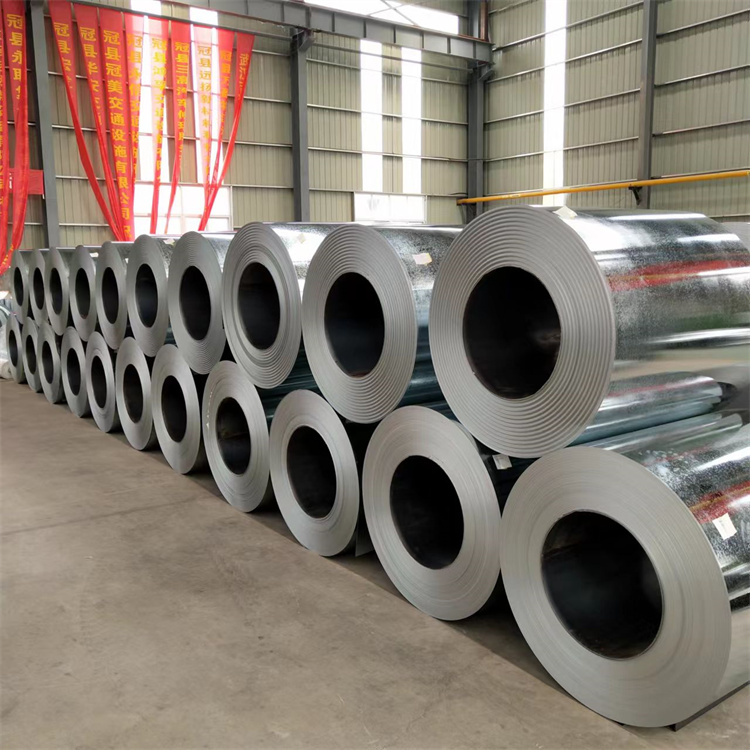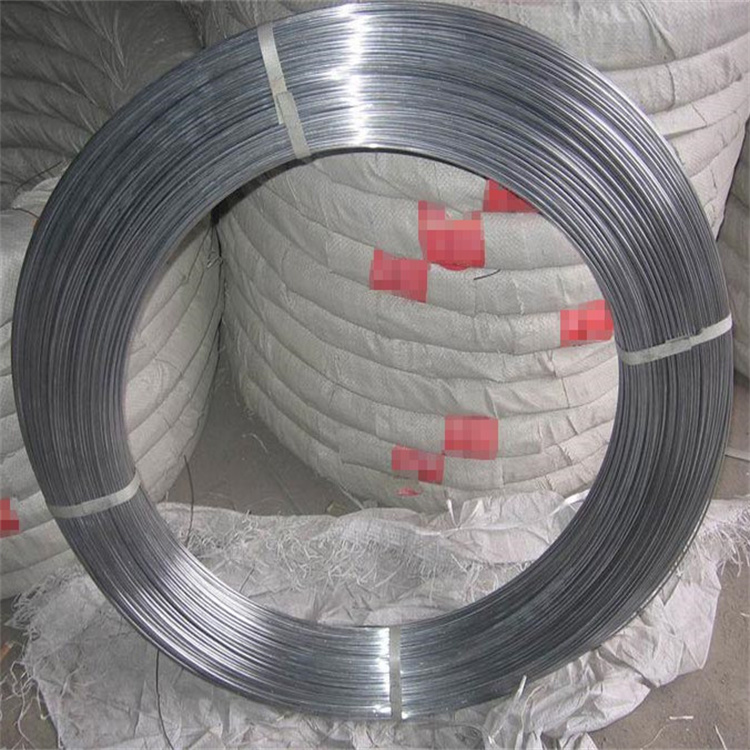Introduction
When selecting the right type of steel for a project, the choice often comes down to two commonly used materials: galvanized steel and alloy steel. Each offers distinct advantages and drawbacks depending on factors like environmental conditions, mechanical requirements, and cost-effectiveness. This article explores their key differences, backed by research data, and provides real-world application scenarios, case studies, and recommendations. We will also examine how China Xino Group integrates these materials into its product offerings.
Galvanized Steel: Overview, Pros & Cons
Galvanized steel is carbon steel that has been coated with a protective layer of zinc to prevent corrosion. The process, typically hot-dip galvanization, creates a durable, corrosion-resistant material.
Pros:
Corrosion Resistance – The zinc layer protects against moisture and corrosive elements, making it ideal for outdoor applications.
Cost-Effective – Lower initial costs compared to other corrosion-resistant materials.
Longevity – Can last over 50 years in rural environments and 20-25 years in urban or coastal conditions.
Low Maintenance – Minimal upkeep required, reducing long-term costs.
Cons:
Limited Heat Resistance – The zinc layer starts to degrade at high temperatures (~200°C+).
Surface Aesthetics – Often lacks the polished appearance required for decorative or high-end applications.
Structural Integrity Issues – While durable, it may not provide the same strength as alloy steel in high-stress environments.
Alloy Steel: Overview, Pros & Cons
Alloy steel is a mixture of iron and elements like chromium, nickel, and molybdenum to enhance strength, hardness, and corrosion resistance. The specific composition can be tailored for various applications.
Pros:
Superior Strength – Higher tensile and yield strength compared to galvanized steel.
Heat Resistance – Excellent performance in high-temperature environments.
Versatility – Can be engineered for specific mechanical properties.
Customizable Corrosion Resistance – Depending on alloying elements, it can provide resistance similar to or better than galvanized steel.
Cons:
Higher Cost – Production and material costs are significantly higher than galvanized steel.
Prone to Corrosion (Without Treatment) – Some alloy steels require coatings or treatments to prevent rusting.
Complex Manufacturing Process – Requires precise control over composition and heat treatment.
Comparative Data: Galvanized vs. Alloy Steel
| Property | Galvanized Steel | Alloy Steel |
|---|---|---|
| Tensile Strength | 370-500 MPa | 600-1100 MPa |
| Yield Strength | 260-320 MPa | 350-900 MPa |
| Elongation | 20-25% | 10-20% |
| Corrosion Resistance | High | Variable (depends on alloy) |
| Heat Resistance | Low | High |
| Cost per Ton | Lower | Higher |
Corrosion Test Comparison
Test environment: Generally, the test is carried out in a variety of environments, such as atmospheric environment, salt spray environment, acid-base solution environment, etc.
Test results:
Atmospheric environment: In ordinary atmospheric environment, the zinc layer on the surface of galvanized steel can form a protective film, which effectively prevents the steel substrate from rusting. If it is in industrial pollution areas or coastal areas where there are more corrosive media in the atmosphere, the corrosion rate of galvanized steel will be accelerated, but it is still much better than ordinary carbon steel. The corrosion resistance of alloy steel depends on its alloy composition. For example, alloy steel containing elements such as chromium, nickel, and molybdenum has good resistance to atmospheric corrosion. Some low-alloy high-strength steels also have good corrosion resistance in atmospheric environment, but may not be as good as the initial protective effect of galvanized steel.
Salt spray environment: In the salt spray test of galvanized steel, the zinc layer will gradually corrode, but it can provide protection for the substrate for a certain period of time. When the zinc layer is damaged, the steel substrate is susceptible to corrosion. For example, in a standard neutral salt spray test (such as that conducted in accordance with JIS Z 2371), red rust may appear on general galvanized steel after a few hundred hours. Among alloy steels, corrosion-resistant alloy steels such as stainless steel have strong resistance to salt spray corrosion and can maintain a good surface condition in a long-term salt spray environment, while the salt spray corrosion resistance of ordinary alloy steels varies greatly, depending on their specific composition.
Acid and alkaline solution environment: The zinc layer of galvanized steel is easily dissolved in acidic solutions, thereby losing its protective effect, and is relatively stable in alkaline solutions. The acid and alkali resistance of alloy steels also depends on their composition. For example, alloy steels containing molybdenum have good corrosion resistance to certain acidic solutions, while some high-silicon alloy steels show good stability in alkaline solutions.
The following is a rough comparison table of mechanical properties:
| Test Environment | Galvanized Steel | Alloy Steel |
| Atmospheric Environment (General) | Good. The zinc layer provides protection. | Good. Depends on the alloy composition. |
| Atmospheric Environment (Industrial Pollution Area/Coastal Area) | The corrosion rate accelerates, but there is still a certain degree of protection. | Some corrosion-resistant alloy steels perform well, while common alloy steels may perform poorly. |
| Salt Spray Environment | The zinc layer corrodes gradually, and red rust may appear after several hundred hours. | Corrosion-resistant alloy steels (such as stainless steels) perform excellently, and the performance of common alloy steels varies greatly. |
| Acidic Solution Environment | The zinc layer is easily dissolved, and the substrate is prone to corrosion after losing protection. | Some alloy steels containing specific alloying elements have good corrosion resistance. |
| Alkaline Solution Environment | Relatively stable. | Some alloy steels with high silicon content, etc., perform well. |
Mechanical Properties Comparison
Strength: The strength of galvanized steel depends mainly on the strength of its base steel. Generally speaking, the strength of ordinary galvanized steel is comparable to that of non-galvanized steel of the same type. The hot-dip galvanizing process usually does not significantly change the strength of the steel, but it may have a slight effect on the toughness of some high-strength steels. Alloy steels can obtain different levels of strength by adding different alloying elements. For example, the strength of low-alloy high-strength steel (HSLA) can be much higher than that of ordinary carbon steel, and is often used in structures such as buildings and bridges that need to withstand large loads. Some high-alloy tool steels, mold steels, etc. have higher strength and hardness, and are suitable for manufacturing tools and molds that withstand high stress.
Toughness: The toughness of galvanized steel is usually good and can meet the requirements of general engineering applications. However, if the galvanizing process is not properly controlled, some defects such as microcracks may form on the surface of the steel, thereby reducing its toughness. The toughness of alloy steels is also affected by the alloy composition and heat treatment process. For example, alloy steels containing elements such as nickel and chromium usually have good toughness, while some high-carbon high-alloy steels may have reduced toughness while obtaining high strength.
Hardness: The hardness of ordinary galvanized steel is similar to that of ordinary carbon steel. If the hardness of galvanized steel needs to be increased, it can be achieved by heat treating the base steel or adding some alloying elements. The hardness of alloy steel varies greatly, from relatively soft low-alloy steel used to make structural parts to high-hardness high-speed steel used to make cutting tools. For example, high-speed steel contains a large amount of tungsten, molybdenum, chromium, vanadium and other elements. After proper heat treatment, its hardness can reach a very high level and meet the requirements of cutting processing.
The following is a rough comparison table of mechanical properties:
| Property | Galvanized Steel | Alloy Steel |
| Strength | Generally equivalent to that of the base steel. Hot-dip galvanizing usually does not significantly change the strength. | Different strength levels can be obtained through alloying, with a wide range from low to high. |
| Toughness | Generally good, but improper processing technology may reduce the toughness. | Affected by the alloy composition and heat treatment. Some alloy steels have good toughness, while the toughness of some alloy steels is relatively low. |
| Hardness | Similar to that of common carbon steel. It can be improved through special treatment. | With a wide range of changes, from relatively soft to extremely high hardness. |
Which One to Choose? Application Scenario Recommendations
Best Uses for Galvanized Steel
Outdoor Structures – Bridges, guardrails, fences, and highway signs.
Agricultural Equipment – Storage tanks, silos, and irrigation systems.
HVAC and Plumbing – Ductwork, pipes, and conduits exposed to moisture.
Automobile Parts – Frames, exhaust pipes, and protective panels.
Best Uses for Alloy Steel
High-Stress Industrial Applications – Construction machinery, cranes, and heavy equipment.
Automotive and Aerospace Components – Gears, axles, and jet engine parts.
High-Temperature Environments – Boilers, pressure vessels, and turbines.
Structural Engineering – High-rise buildings, bridges requiring extreme load-bearing capacity.
Case Studies: Why Projects Chose Galvanized Steel or Alloy Steel
Case Study 1: Galvanized Steel in a Coastal Infrastructure Project
A municipal government in Southeast Asia required a material for coastal highway guardrails exposed to extreme humidity and saltwater. After evaluating stainless steel and alloy steel, they chose galvanized steel for its cost-effectiveness and corrosion resistance. Over a decade later, the guardrails remain intact with minimal maintenance.
Case Study 2: Alloy Steel in an Aerospace Application
An aerospace manufacturer needed heat-resistant and high-strength material for jet engine components. Given the extreme temperatures and stress these parts endure, alloy steel with high nickel and chromium content was selected. The material's superior heat tolerance ensured the engine's longevity and safety.
China Xino Group: Your Partner in Steel Solutions
Founded in August 2001, China Xino Group has grown into a powerhouse in the steel industry, offering a diverse range of coated steels, including Galvanized Steel (GI), Galvalume Steel (GL), Pre-Painted Galvanized Steel (PPGI), and Pre-Painted Galvalume Steel (PPGL). With three major production bases, six mills, and 24 production lines, they achieve an annual output of 1.5 million tons.
Why Choose China Xino Group?
Diverse Product Range – From galvanized sheets to structural alloy steel, catering to various industries.
Competitive Pricing – High-quality steel products at cost-effective rates.
Global Expertise – Serving construction, automotive, aerospace, and infrastructure projects worldwide.
Integrated Supply Chain – From raw materials to finished products, ensuring seamless procurement.
For inquiries, visit chinaxinogroup.com or contact us for a custom steel solution tailored to your needs.
Conclusion
Choosing between galvanized steel and alloy steel depends on project requirements, budget constraints, and environmental conditions. Galvanized steel excels in corrosion resistance and cost-effectiveness, making it ideal for outdoor and low-maintenance applications. Meanwhile, alloy steel provides superior strength and heat resistance, making it essential for high-stress, high-temperature environments.
With extensive expertise and a diverse product portfolio, China Xino Group is your go-to partner for high-quality steel solutions. Whether you need galvanized or alloy steel, we ensure reliability, durability, and affordability in every product.
For more information, reach out to our professional team today!
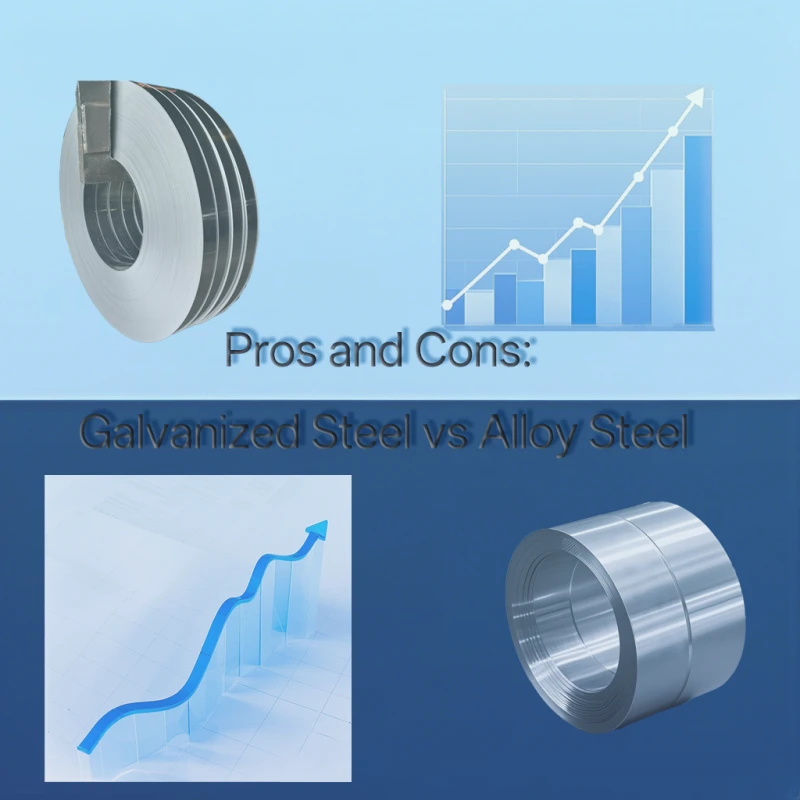
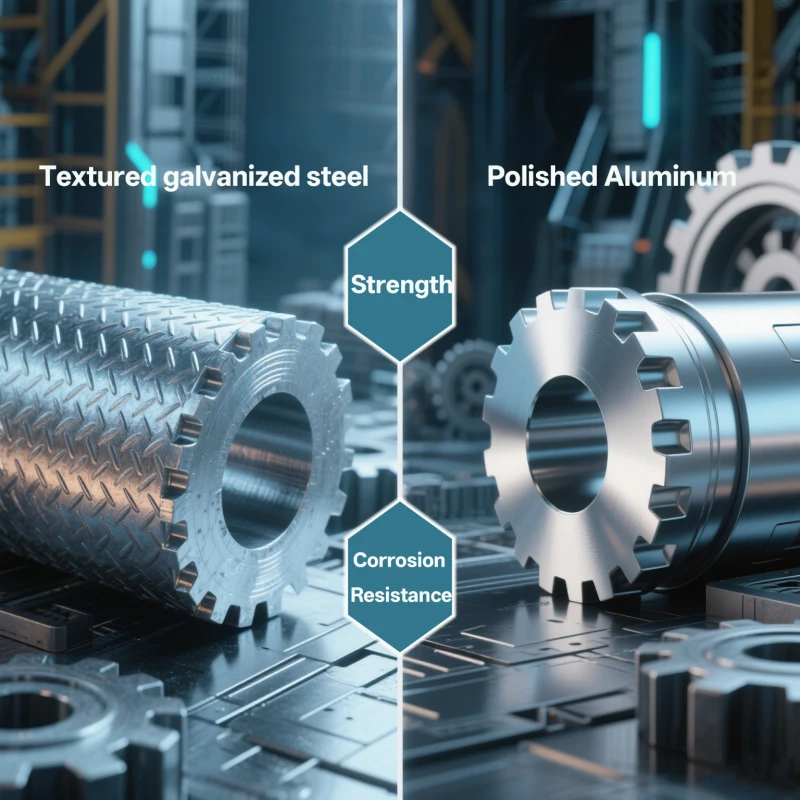
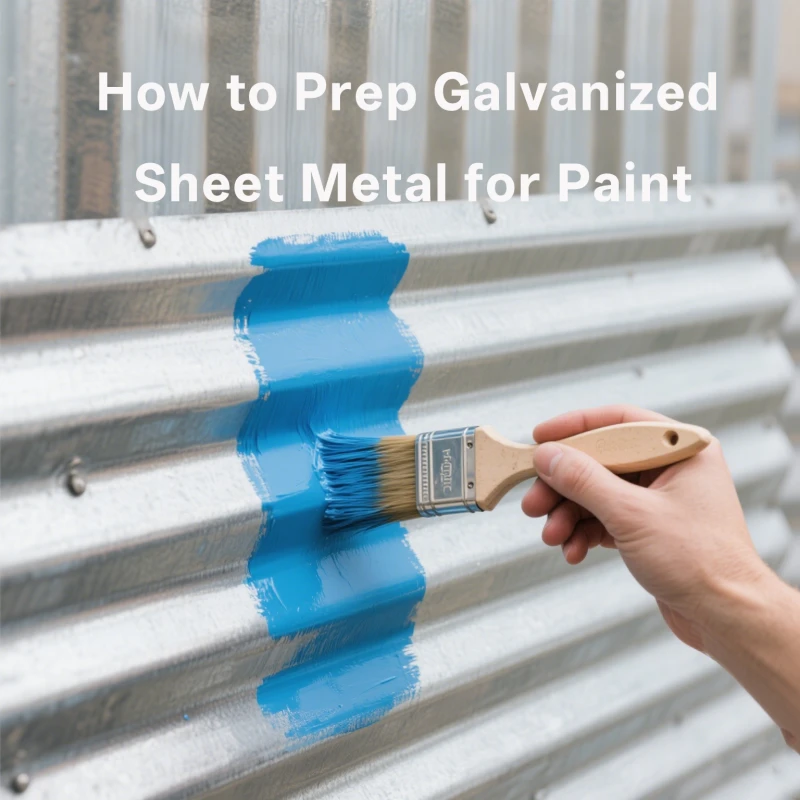

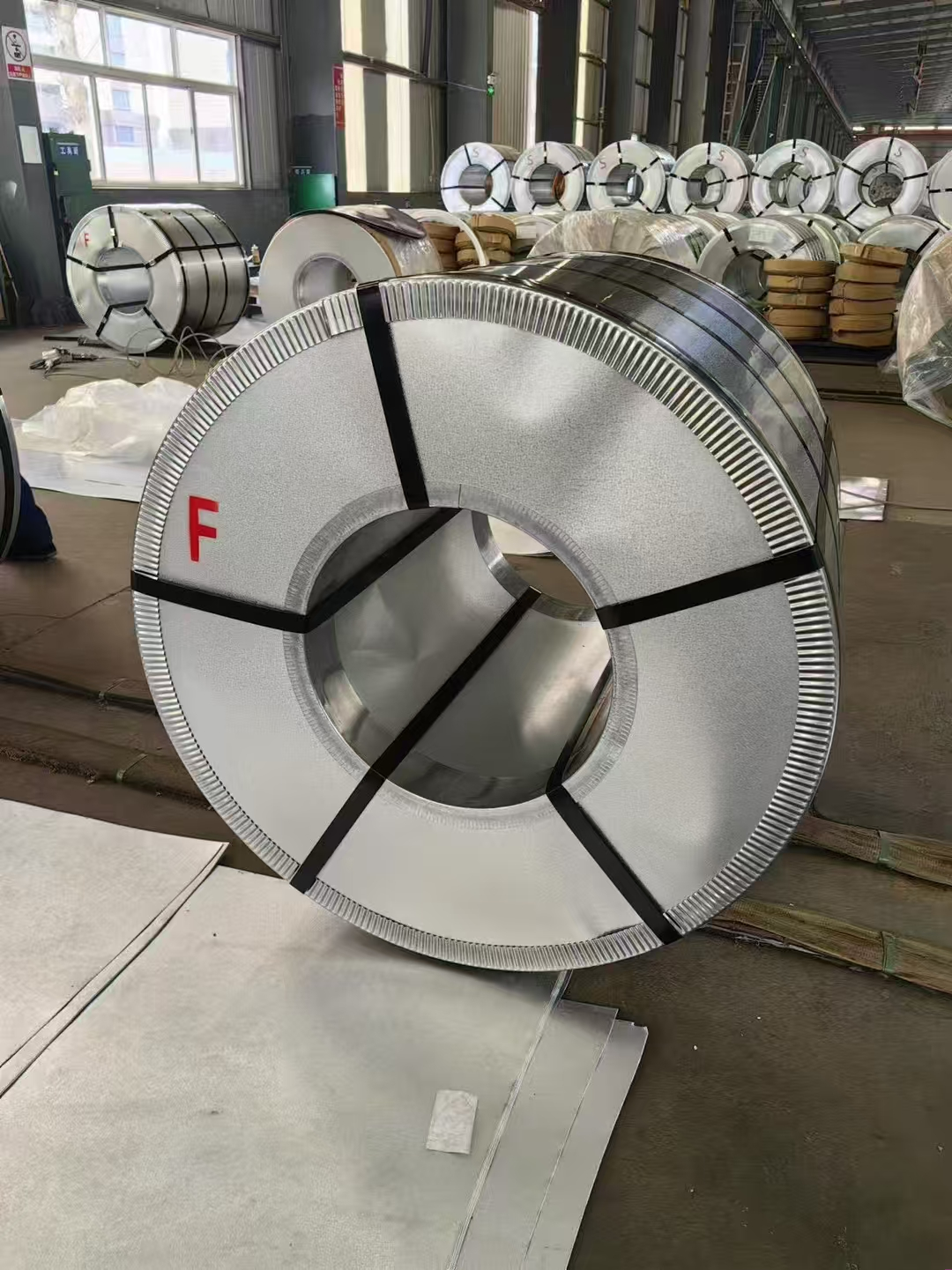
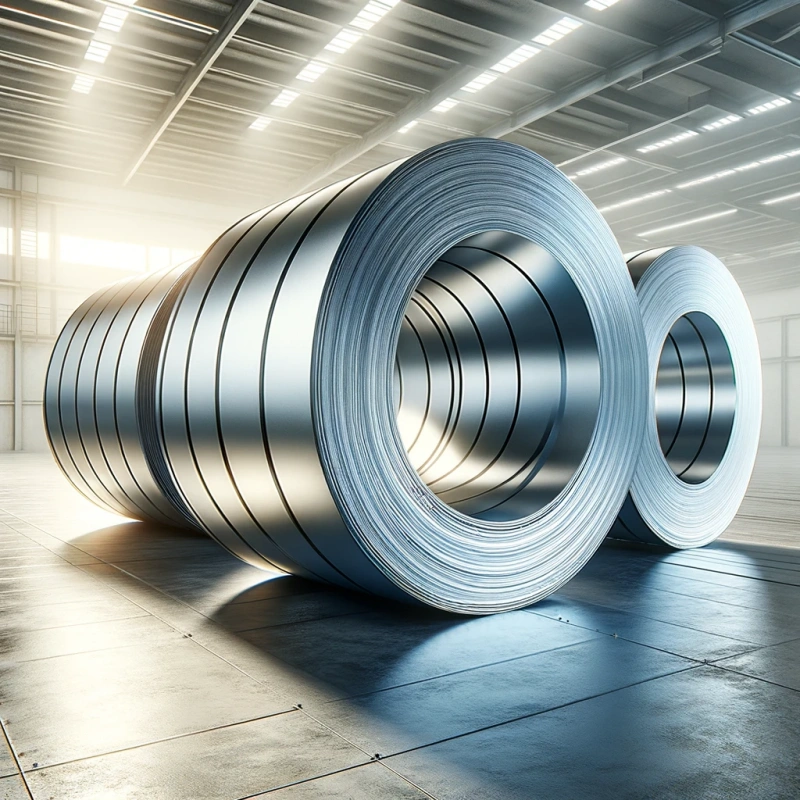
745.webp)
